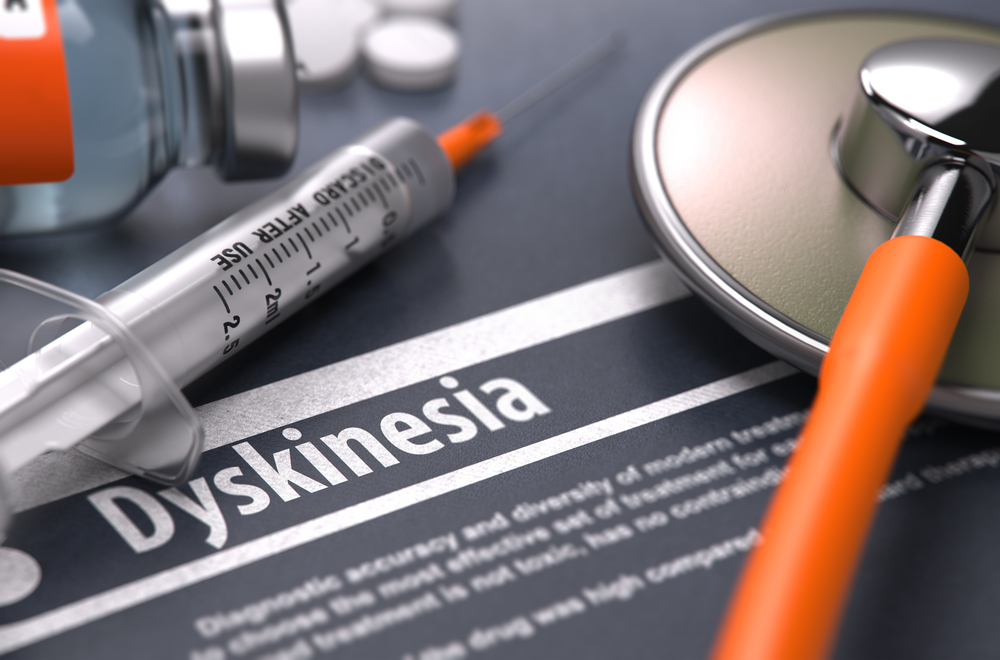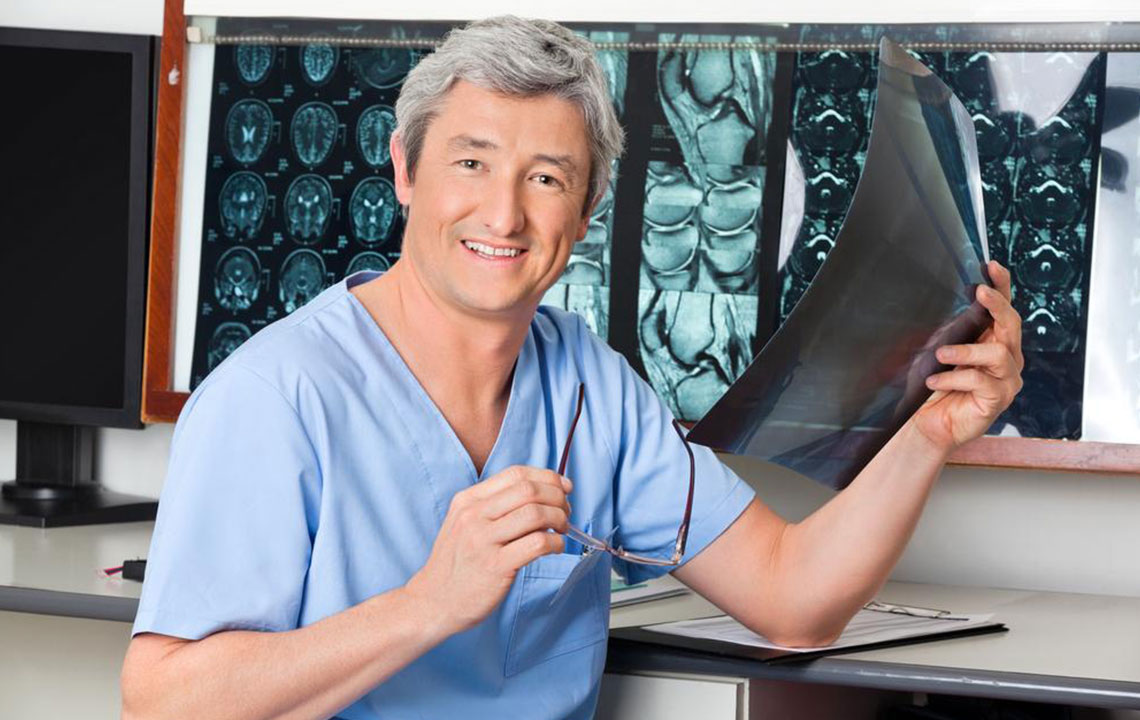Recognizing Critical Symptoms of Serious Headache Disorders: A Comprehensive Guide
Understanding the warning signs of serious headache conditions can be crucial in preventing life-threatening health issues. This comprehensive guide details symptoms like sudden intense pain, neurological signs, eye problems, and specific facial pains, emphasizing the importance of prompt medical attention. Recognizing these danger signals early ensures timely diagnosis and effective treatment, significantly reducing the risk of severe complications. If you experience any of these symptoms, immediate medical consultation is essential. Stay informed and protect your health by knowing when a headache is more than just a common ailment.

Recognizing Critical Symptoms of Serious Headache Disorders: A Comprehensive Guide
Headaches are one of the most common ailments experienced by individuals of all ages, from children to the elderly. While most headaches are benign and manageable with simple remedies, there are certain warning signs that indicate the possibility of underlying serious health conditions requiring prompt medical attention. Understanding these danger signals is vital in ensuring early diagnosis and effective treatment. This detailed article explores the most significant symptoms associated with severe headache disorders and what they might signify for your health.
Sudden and Intense Headache: A Red Alarm
One of the most alarming headache presentations is the occurrence of a sudden, intense headache that reaches maximum severity within seconds to a minute. Often described as the "worst headache of your life," this symptom can indicate critical neurological issues such as subarachnoid hemorrhage, brain aneurysm rupture, or intracranial bleeding. Recognizing this emergency is crucial because delays can lead to catastrophic outcomes, including stroke or permanent brain injury. If you or someone nearby experiences this type of headache, immediate action is necessary. Do not attempt to wait out the pain or manage it with over-the-counter painkillers. Instead, call emergency services immediately or rush to the nearest hospital. Rapid intervention can be lifesaving and significantly improves prognosis in such cases.
Concurrent High Fever and Headache: Signs of Infection or Serious Illness
A headache accompanied by a high fever signals a possible infectious process such as meningitis, encephalitis, or severe sinus infections. When these symptoms occur together, especially with stiff neck or neck rigidity, immediate medical evaluation is necessary. Meningitis, in particular, is a life-threatening condition that requires urgent treatment, as delay can result in neurological damage or death. Additionally, confusion, altered mental status, or speech difficulties occurring alongside fever and headache further indicate severe neurological involvement, demanding rapid hospital assessment.
Pain Around the Eyes and Visual Disturbances
If you experience persistent pain around or behind the eyes, especially if it affects your vision or causes visual disturbances, this could be a sign of serious eye or neurological issues. Conditions such as acute angle-closure glaucoma, which involves sudden increased intraocular pressure, can cause severe eye pain, halos around lights, and potential blindness if untreated. Immediate consultation with an ophthalmologist or neurologist is essential in such cases.
Tender Temples and Headache in Older Adults
For individuals over the age of 50, new or worsening headaches with temple tenderness should raise suspicion of giant cell arteritis (temporal arteritis). This inflammatory condition affects blood vessels in the scalp and head, potentially causing vision loss, scalp tenderness, jaw pain while chewing, fatigue, and flu-like symptoms. It is a medical emergency that requires immediate corticosteroid therapy to prevent irreversible blindness. Early diagnosis and treatment are keys to a better prognosis.
Facial and Dental Pain: A Sign of Neuralgia or Other Disorders
Pain localized around the face or teeth, especially if triggered by activities like chewing, brushing teeth, or facial movements, could indicate trigeminal neuralgia—a chronic nerve disorder. Although it may seem benign initially, if left untreated, it can significantly impair quality of life. Early medical assessment enables proper management with medications such as anticonvulsants and nerve blocks. Recognizing facial pain as a potential neurological issue ensures timely intervention that can relieve suffering and prevent deterioration.
In summary, while headaches are commonplace and often harmless, understanding their nature and associated symptoms can be life-saving. Recognizing signs such as sudden, severe pain, concurrent neurological symptoms, eye or vision changes, and specific types of head or facial pain enables timely medical intervention. If you or someone else exhibits any of these warning signs, seeking immediate medical care is crucial for effective treatment and prevention of serious complications. Always consult healthcare professionals to determine the cause of your headaches and adhere to their advice for management and treatment.





